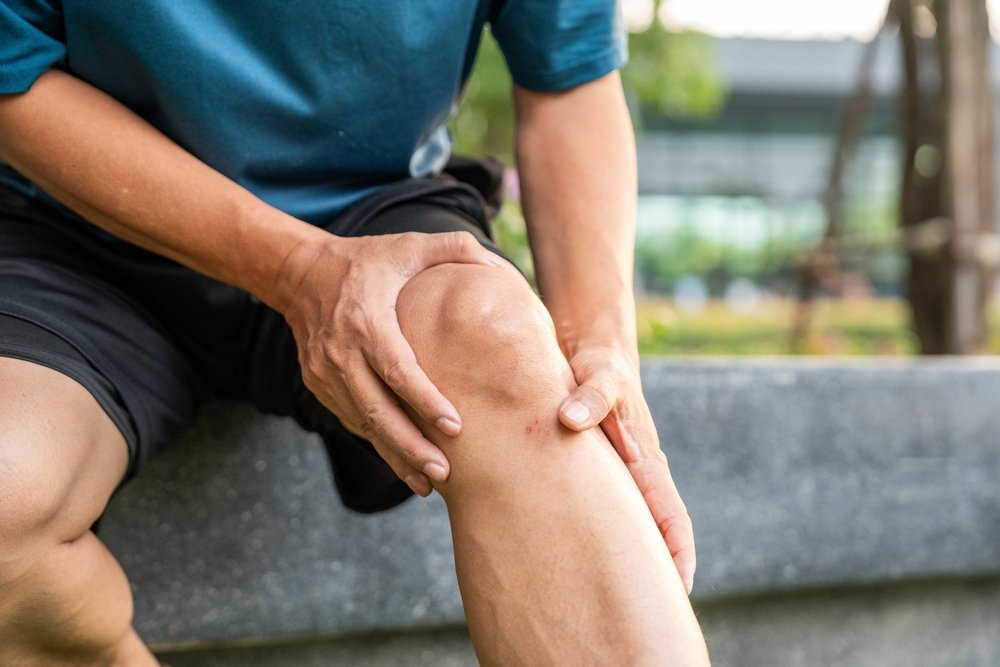Recovering from surgery can feel overwhelming. Beyond medications, rest, and physiotherapy, one tool often prescribed by doctors plays a crucial role in safe healing: Medical compression stockings. These specialized stockings aren’t just about comfort—they actively support circulation, reduce the risk of complications like deep vein thrombosis (DVT), and aid in faster recovery.
But not all compression stockings are the same. They are classified into different pressure levels (Class I, Class II, and Class III), each designed for specific medical needs. Choosing the right one is not about personal preference or convenience—it is a medical decision guided by your doctor’s prescription. Let’s explore how these stockings help in surgical recovery and what makes each class unique, with a closer look at the Sorgen® medical compression stocking range.
Why Compression Matters After Surgery
Surgery, especially involving the lower body, carries an increased risk of blood clots, swelling, and poor circulation. When patients spend long hours resting or are temporarily immobilized, blood tends to pool in the legs. This can slow recovery and even lead to life-threatening complications like DVT.
Medical compression stockings apply gentle, graduated pressure—tighter at the ankle and looser as they move upward. This promotes blood flow back toward the heart, reduces swelling, and prevents clot formation.
Some key benefits include:
-
DVT prevention – a primary concern during post-surgical immobilization.
-
Reduced swelling and edema – supporting wound healing and comfort.
-
Improved circulation – keeping oxygen and nutrients moving through recovering tissues.
-
Enhanced mobility – helping patients get back on their feet with greater ease.
Understanding the Classes of Compression Stockings
Medical compression stockings are divided into three main classes, based on the amount of pressure they exert (measured in mmHg). Each class is prescribed for a different level of venous or lymphatic condition.
Class I (18–21 mmHg)
-
Material: Polyamide and elastane blend
-
Uses: Early-stage varicose veins, mild swelling, and light post-operative recovery support.
-
Who benefits: Patients recovering from minor surgeries, those at low risk of complications, or those needing preventive compression during reduced mobility.
-
Feel: Gentle pressure—enough to improve circulation and provide comfort without being restrictive.
-
Sorgen® Advantage: Sorgen’s Class I stockings are designed with soft, breathable fabrics to make preventive post-surgical use easier for patients adjusting to compression therapy.
Class II (23–32 mmHg)
-
Material: Polyamide and elastane blend
-
Uses: Moderate varicose veins, more pronounced swelling, DVT prevention, and post-surgical recovery in higher-risk patients.
-
Who benefits: Often prescribed after orthopedic surgeries (like knee or hip replacement), vascular procedures, or for patients with stronger risk factors for clotting.
-
Feel: Firm support that still allows mobility. Most common choice for surgical recovery under doctor supervision.
-
Sorgen® Advantage: Sorgen’s Class II stockings are one of the most widely recommended for surgical patients, delivering reliable compression and durability for daily wear.
Class III (34–46 mmHg)
-
Material: Premium Egyptian Cotton, elastane, and polyamide
-
Uses: Severe venous insufficiency, chronic edema, lymphedema, and advanced post-surgical recovery needs.
-
Who benefits: Patients with long-term circulatory disorders or those with severe risk of complications.
-
Feel: Strong medical-grade pressure. These stockings require careful fitting and are prescribed only for advanced cases.
-
Sorgen® Advantage: Sorgen’s Class III stockings, crafted with Egyptian cotton, provide maximum comfort even at higher compression levels—critical for patients needing long-term or intensive therapy.
Why You Shouldn’t Self-Prescribe
It may be tempting to buy compression stockings online and choose a class based on your own judgment. But this can be dangerous. Too little compression won’t provide medical benefit, while too much can restrict blood flow and worsen your condition.
Doctors consider multiple factors before prescribing:
-
Type of surgery (orthopedic, cardiac, vascular, abdominal)
-
Patient risk profile (history of varicose veins, clotting disorders, obesity, pregnancy, age)
-
Mobility status (how long the patient will remain in bed or limited movement)
-
Skin condition and tolerance
That’s why only your doctor can recommend the right class of stocking for your recovery. With Sorgen®, patients can choose from Class I, II, or III—always in alignment with medical guidance.
Choosing the Right Compression Stockings
When your doctor prescribes compression therapy, here’s what to keep in mind:
-
Follow the class recommendation: Whether Class I, II, or III, stick to the prescribed pressure.
-
Focus on fit and comfort: Ill-fitted stockings can create pressure points or roll down, reducing effectiveness. Sorgen stockings are anatomically designed to ensure proper fit and comfort.
-
Check material preference: Polyamide + elastane blends are smooth and stretchable; Egyptian cotton blends (Class III) are more durable for long-term, intensive use.
-
Wearing schedule: Some patients wear them only during the day, others around the clock post-surgery. Follow your doctor’s exact instructions.
-
Ease of use: Higher classes (especially Class III) can be more challenging to put on. Sorgen’s quality elastic blends make donning easier while retaining medical-grade compression.
Real-Life Impact
Imagine two patients recovering from hip replacement surgery. One wears Sorgen Class II compression stockings as prescribed, while the other skips them thinking rest alone is enough. After two weeks, the first patient has minimal swelling, improved mobility, and no clot risk. The second experiences persistent swelling, discomfort, and a potential clot scare.
This is the difference proper compression makes. It’s not just a garment—it’s a medical tool that safeguards your recovery.
Final Thoughts
Recovering from surgery is a journey that requires every advantage. Medical compression stockings—whether Class I, Class II, or Class III—provide targeted support for circulation, swelling reduction, and DVT prevention.
But remember: the right class of compression stocking is not a personal choice. It’s a medical decision that should only be made under your doctor’s guidance. With the Sorgen® range of medical compression stockings—crafted with premium materials, accurate graduated pressure, and proven comfort—you can trust that you’re giving your body the best possible support on the road to recovery.
Because when it comes to healing safely after surgery, Sorgen® stands for Inspiring Wellness.
This information is for general awareness and educational purposes only. It is not a substitute for professional medical advice, diagnosis, or treatment. Always consult your doctor or healthcare provider before starting any new product or therapy. Individual results may vary.


